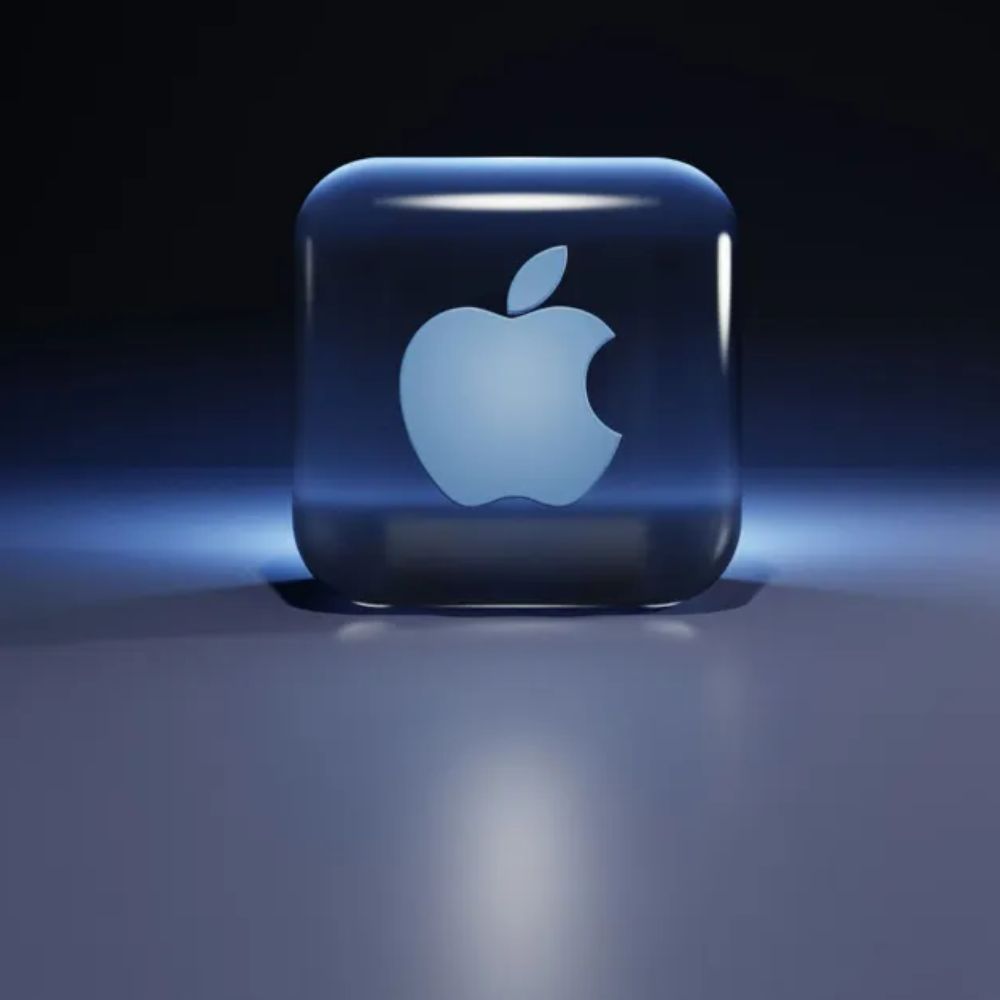(Source – 9to5mac)
Apple’s investment in AI infrastructure and Company Strategy
During Apple’s recent quarterly earnings call, the focus of analysts was on a forthcoming product: Apple Intelligence. This new artificial intelligence system, designed to enhance various features such as Siri, email generation, and notification management, is poised to potentially stimulate a new cycle of iPhone upgrades and drive hardware sales. Despite significant interest in the system, CEO Tim Cook and CFO Luca Maestri were reticent about the specifics of its rollout and the early impacts on sales. They also avoided detailed discussions about Apple’s partnership with OpenAI to incorporate ChatGPT into its software offerings.
Cook did, however, address the topic of AI-related spending. He acknowledged that Apple’s capital expenditures have increased, particularly about AI and the development of Apple Intelligence. For the June quarter, Apple reported $2.15 billion in capital investments, marking an 8% rise from the previous quarter and a 3% increase from the same period last year. Although this expenditure encompasses more than just AI-related costs, it underscores a growing financial commitment to artificial intelligence. Despite this, Apple’s spending on AI remains modest compared to its Silicon Valley competitors.
Comparative Spending Trends
When compared to major tech giants, Apple’s investment in AI infrastructure appears relatively restrained. Microsoft, for example, reported a staggering $13.87 billion in capital expenditures for the June quarter, reflecting a 55% increase from the previous year. Alphabet, Google’s parent company, saw its capital expenditures surge by 91% to reach $13.19 billion. Similarly, Meta Platforms increased its spending by 31%, amounting to $8.3 billion during the same period. These companies are heavily investing in AI-focused data centers and advanced Nvidia chips to bolster their technological capabilities.
Meta’s CEO, Mark Zuckerberg, has articulated the rationale behind such significant spending, suggesting that the risk of falling behind in the generative AI race is greater than the potential downside of over-investing in infrastructure. Zuckerberg emphasized that staying ahead in the AI field is crucial to not missing out on a major technological shift. This perspective highlights the strategic urgency driving Apple’s investment in AI infrastructure by these companies.
AI Integration and Future Prospects
Apple’s strategy diverges from that of its competitors, focusing on internal development and selective partnerships rather than extensive external infrastructure. Apple does not have a cloud business that rents out its infrastructure, unlike Amazon, Google, and Microsoft. Instead, Apple’s approach includes leveraging its own chip designs and a hybrid model for data centers. This hybrid strategy involves both in-house data management and collaboration with external partners, effectively distributing some of the capital expenditures.
A recent technical paper from Apple revealed that the company is utilizing Google’s TPUs for training its AI models, rather than Nvidia’s GPUs, reflecting a strategic choice to manage costs and resource allocation. This approach is part of Apple’s broader strategy to control costs while advancing its AI capabilities. Apple has also announced the release of its first version of Apple Intelligence, which will initially be available for developers to test. The AI features included in this suite are expected to enhance user experiences across various applications.
The partnership with OpenAI, which will integrate ChatGPT into iOS, underscores Apple’s intent to incorporate advanced AI technologies into its ecosystem. OpenAI’s reliance on Nvidia GPUs from Microsoft, combined with Apple’s cloud capacity rentals from Amazon, Google, and Microsoft, illustrates a collaborative approach to AI development. While specifics about the OpenAI agreement remain confidential, Cook hinted at potential monetization opportunities, suggesting that Apple’s AI initiatives could also yield financial benefits.
Apple’s quarterly results exceeded expectations, with a 5% increase in sales, totaling $85.8 billion. Despite this positive financial outcome, the company’s stock saw only a slight uptick of less than 1% in after-hours trading. This modest market reaction may reflect ongoing concerns about Apple’s competitive positioning in the rapidly evolving AI landscape.
In summary, while Apple’s investment in AI infrastructure, it trails behind its major tech rivals in terms of capital expenditure. The company’s strategic focus on internal development and hybrid data center models highlights a unique approach to AI infrastructure. As Apple continues to develop and deploy its AI technologies, it will be essential to observe how these investments influence its market position and overall growth trajectory in the competitive tech industry.







